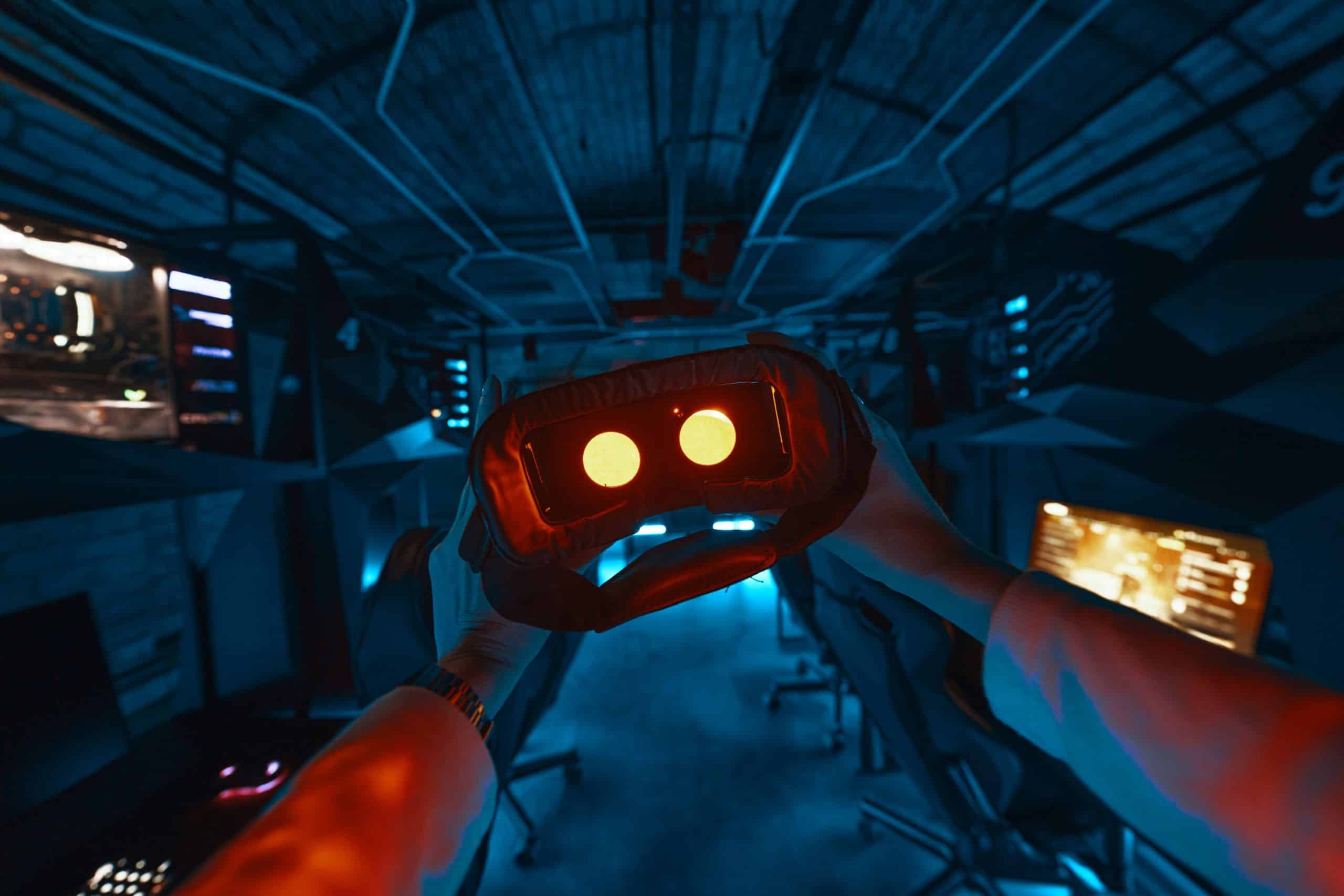In the modern world, the boundaries between physical sports training and digital technology are becoming increasingly blurred. Virtual reality (VR) is perhaps the most impressive of these technologies, offering players an immersive, realistic gaming experience that can carry over into real-world sports. Today, we explore the potential of VR in enhancing tactical decision-making in Rugby Union half-backs.
The Power of Data Analysis in Sports Training
The advent of advanced technologies has fundamentally changed the way sports are played, interpreted, and even trained. Today, data analysis is an integral part of sports, including Rugby Union.
Also to see : How Can Wearable Haptic Feedback Devices Improve Balance in Alpine Ski Racing?
Player performance data is no longer just about the number of tries or successful passes made. It extends to intricate details like the speed of a player’s sprint, the angle of a tackle, or the trajectory of a ball. This exhaustive data analysis not only helps in identifying a player’s strengths but also their weaknesses. By working on these areas, they can improve their performance, making data a vital tool.
But how is this data collected? Technologies like video analysis, GPS (Global Positioning System), and wearables are commonly used to collect real-time data. For example, video analysis technology can capture every detail from a player’s movement to ball handling. This visual data can be reviewed multiple times to understand better the nuances of the player’s game style.
In parallel : How Do Professional Footballers Tailor Their Recovery During a Congested Fixture Period?
Furthermore, Google has also stepped into the sports data analysis landscape. Google’s advanced machine learning algorithms can take sports data analysis to another level. The technology can help predict player performance, injury risks, and even match outcomes by analyzing vast datasets.
The Emergence of Virtual Reality in Sports
Virtual reality has emerged as a game-changer in sports training. Its potential to provide a lifelike training environment makes it an ideal tool for players to practice their skills.
The use of VR in sports training is not new. Many sports, including football, basketball, and baseball, have already adopted VR to enhance player performance. The technology immerses the player in a game-like environment, where they can practice different moves, learn tactics, or even visualize a match scenario.
It functions on a simple principle – the player enters a virtual environment through a VR headset. This environment can simulate a real-world game scenario. The player can then interact with the environment, making decisions and executing moves just as they would in an actual match.
So, can virtual reality enhance tactical decision-making in Rugby Union half-backs? The answer seems to be a resounding yes.
Virtual Reality and Tactical Decision-Making
In Rugby Union, half-backs are critical as they make key tactical decisions. Their decisions can often determine the outcome of the game. Thus, training their decision-making abilities is crucial.
This is where VR steps in. VR can recreate specific game situations for half-backs, allowing them to practice their decision-making skills in a controlled, risk-free environment. By simulating game situations, half-backs can practice their responses or test new strategies. They get the time and space to analyse their decisions and improve upon them, thereby enhancing their in-game decision-making skills.
Crossref, a significant scholarly research tool, has several studies suggesting that VR training can lead to significant improvements in decision-making. A virtual environment allows players to practice thousands of times without risking injury, optimising their decision-making skills in the process.
Challenges and Opportunities in Virtual Reality Training
Despite its apparent benefits, integrating VR into sports training is not without its challenges. The technology, while impressive, is still evolving. There can be technical glitches that disrupt training. Also, using VR extensively might lead to motion sickness in some players.
Moreover, a VR environment, while extremely realistic, is not 100% accurate. There are certain elements of a live game situation that cannot be captured in a virtual environment. For example, the intensity of an actual match, the pressure from the crowd, or the physical interaction between players, cannot be fully replicated.
However, the opportunities outweigh the challenges. As the technology develops, we can expect more accurate and immersive VR experiences. Additionally, VR allows for individualized training – the system can be programmed to focus on areas that a particular player needs to improve.
Furthermore, VR training data can be quantified and analysed for further improvement. For example, the reaction time of a player to a situation or the choice of pass can be analysed, and feedback can be provided.
In a world where marginal gains can mean the difference between victory and defeat, the potential impact of VR on sports training is enormous. For Rugby Union half-backs, it could transform the way they train and, ultimately, how they play the game.
Use of Virtual Reality in Enhancing Performance of Rugby Union Half-Backs
In the challenging role of a Rugby Union half-back, tactical decision making can be refined using virtual reality. As soccer players and other sports professionals have already begun to benefit from this technological advancement, rugby half-backs are not left out.
By stepping into a virtual environment through a VR headset, half-backs have the opportunity to experience game situations in real-time. This environment simulates actual game situations, allowing the half-backs to interact, make decisions, and execute moves just as they would in a real-life game. This exploratory activity provides them with an edge, enabling them to test strategies, analyse their decisions, and work on areas of improvement.
A full text review of studies on Google Scholar and Scholar Crossref brings to light compelling evidence of the benefits of VR in sports performance. It’s been found that the technology helps players effectively improve their tactical decision-making abilities.
This is done through repeated exposure to various game situations, which in turn builds experience and confidence. The feedback provided from these virtual training sessions is immediate and detailed, offering insights that traditional physical training may not provide. The opportunity for players to review their performance in a controlled environment offers a chance at perfecting their moves and decision-making skills.
The technology also allows for performance analysis, such as tracking a player’s reaction time and head turns. This data can then be used to customise the virtual training sessions to best suit the player’s needs and improve their overall performance.
Conclusion: The Future of Virtual Reality in Sports
The potential of Virtual Reality in sports training, particularly for Rugby Union half-backs, is undeniable. The technology offers an immersive, reality environment that simulates game situations, enhancing the decision-making skills of players.
Despite some challenges, such as occasional technical glitches and the impossibility of fully replicating the intensity of a live game, the benefits of VR training are substantial. The technology continues to evolve, promising more accurate and immersive experiences in the future.
The integration of VR into sports training signifies a new era in sports performance. It marks a shift from traditional physical training methods to a more immersive, individualized approach.
Furthermore, the ability to analyse and quantify VR training data provides invaluable insights into a player’s performance. This systematic review of data allows for the continuous improvement of players’ skills, setting new standards in sports training.
The potential of VR technology is only just beginning to be tapped. As it continues to develop, it presents an exciting prospect for the future of sports training. For Rugby Union half-backs and other sports professionals, it could truly be a game-changer. It brings a fresh perspective to training methods, combining the physical and digital realms to create a comprehensive, immersive training experience.











